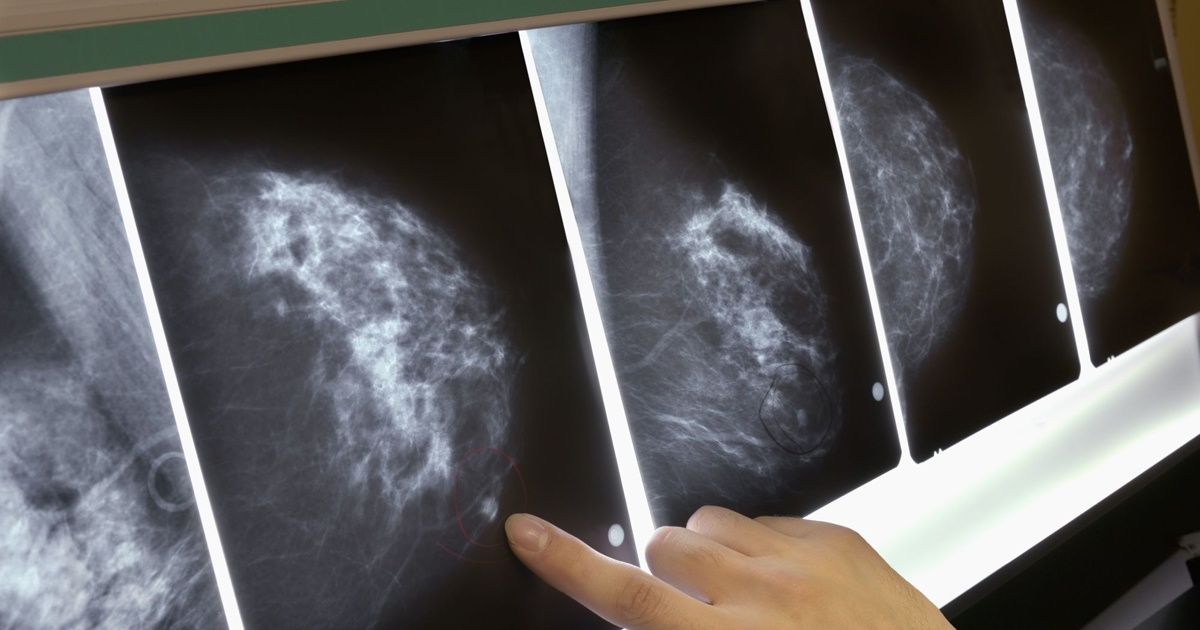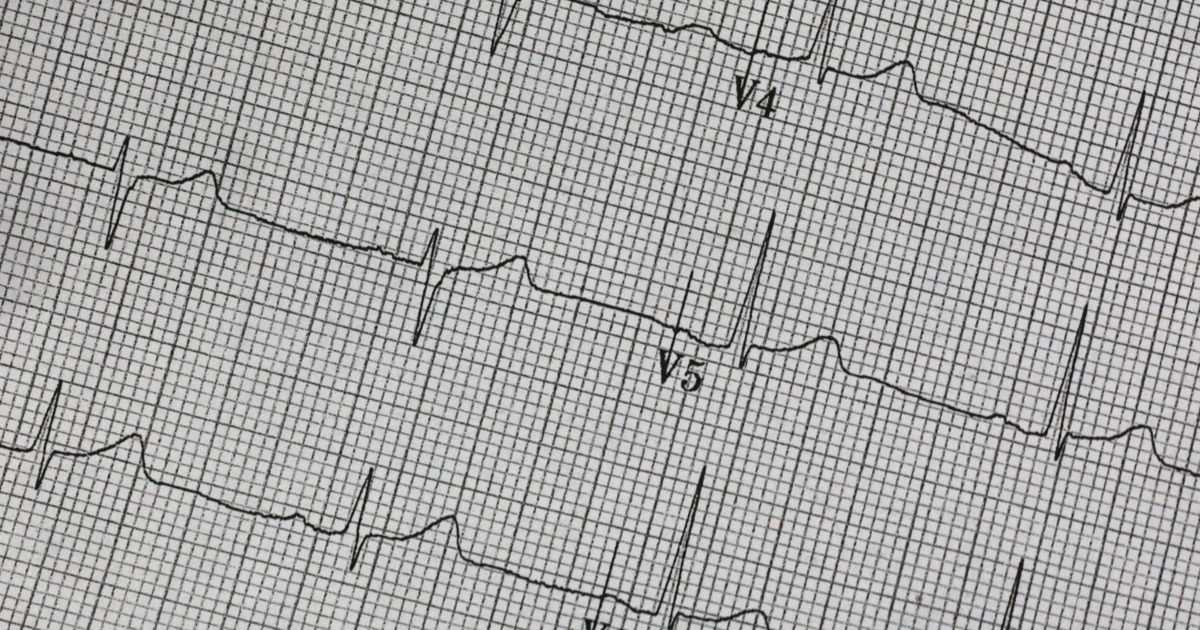El Instituto de Tecnología de Massachussets (MIT) desarrolla un modelo de predicción para la detección temprana del cáncer de mama basado en Artificial Intelligence. Opera mediante la identificación de patrones que permiten conocer hasta con 5 años de anticipación la predisposición a la enfermedad.
Investigadores del Laboratorio de Ciencias de la Computación e Artificial Intelligence del Instituto de Tecnología de Massachussets, han elaborado un modelo de predicción para el cáncer de mama basado en el aprendizaje profundo (deep learning).
En este sentido, el nuevo modelo en funcionamiento trabajará sobre las mastografías y los resultados que éstas arrojen para observar información que a simple vista no puede ser identificada. El sistema compara datos de los análisis para que se puedan estudiar con mayor amplitud los cambios en el tejido mamario que puedan ser precursores del cáncer y así evitar confusiones con factores hormonales y biológicos.
Para poder establecer los primeros patrones de análisis, se introdujeron más de 90 mil estudios correspondientes a 60 mil pacientes que generaron la primera base de conocimiento. Con esta forma de Artificial Intelligence, desarrollada por la profesora Regina Barzilay, se podrá detectar el cáncer hasta cinco años antes de su aparición.
Los usuarios reales de la solución, suben su información para ir creando un historial comparativo en el que se evalúan sus estudios con base en la versión anterior y posteriormente se analizan en comparación con los patrones previamente definidos en la base de conocimiento.
Los estudios se pueden volver muy personalizados ya que, si el usuario tiene algún riesgo por antecedentes, se le piden estudios complementarios para que los resultados sean totalmente personalizados.

Algo muy importante es que, al ser una plataforma digital, permite eliminar las desigualdades raciales entre pacientes, ya que un estudio realizado por el Instituto Nacional del Cáncer (NCI) revela que las mujeres de color tienen más probabilidad de sufrir tumores de seno que las mujeres caucásicas. La razón de las muertes prematuras ha sido por falta de atención a las minorías en la población y el MIT tiene como objetivo combatir esta índole.
La intención de este proyecto es mejorar los tratamientos individuales y ser una herramienta de ayuda para los especialistas en el proceso de prevención y tratamiento temprano del padecimiento. La penetración de la solución evita el sesgo generado en la evaluación a pacientes debido a que el punto de interés está enfocado en una parte de la población y no equitativamente.
Para poder alcanzar el objetivo de ser una plataforma robusta para la detección infalible, se tiene que comenzar creando una masa crítica de parámetros a medir y casos detectados a los que se les pueda ofrecer atención oportuna y una mejor oportunidad de continuar con vida detectando a tiempo y actuando oportunamente.







